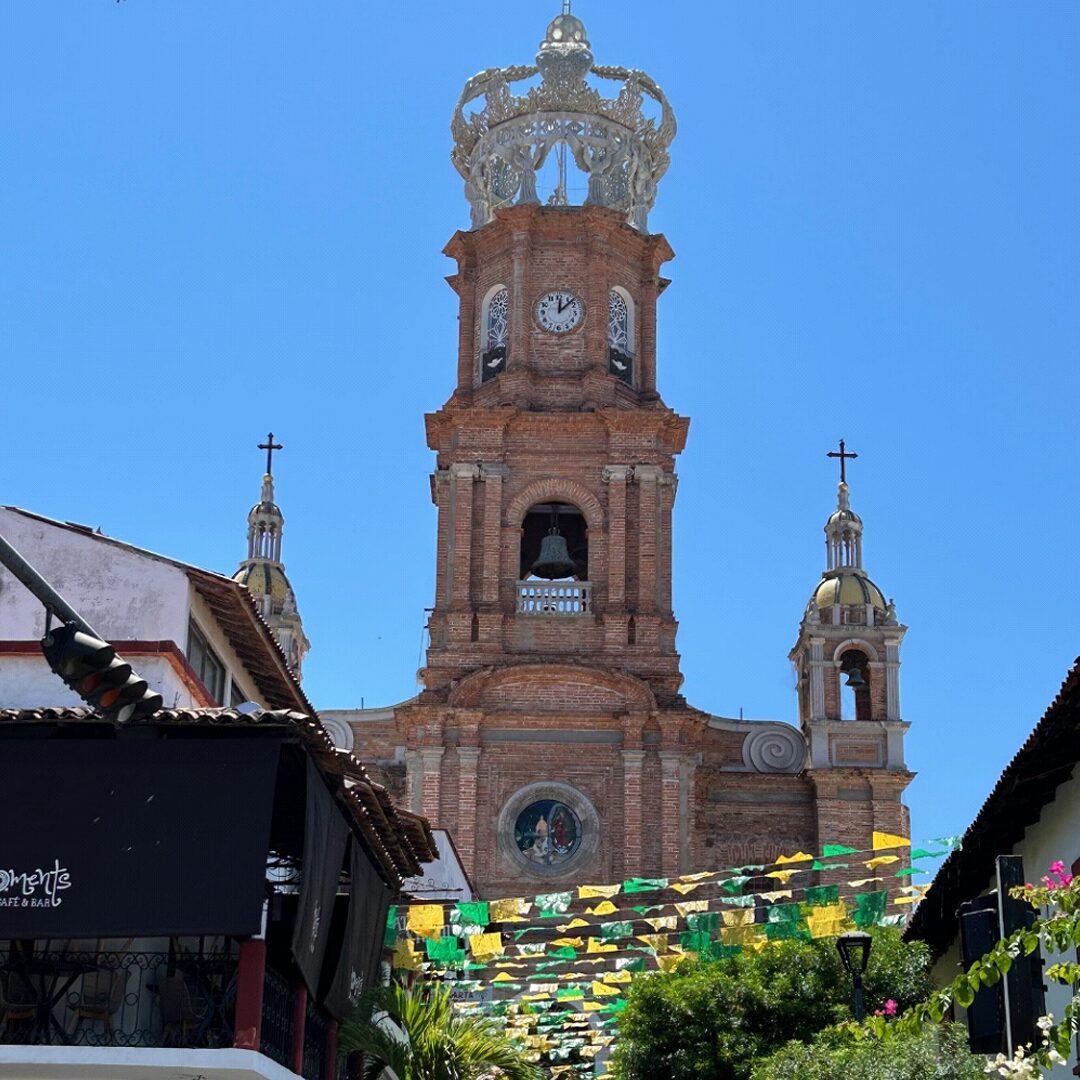
Our Trip to Mexico

Our Trip to Puerto Vallarta, Mazatlan, and Cabo San Lucas, Mexico
Our ship was massive, 1,055 feet long and 133,500 tons. It was large enough to hold 5,000 passengers and crew members. The ship had numerous swimming pools, sun decks, shops, restaurants, stages, and lounges. They sold candy, games, t-shirts, hats, and even banned books like Dr. Seuss. The ship left the Port of Long Beach, California, on Saturday afternoon, and pulled out of Long Beach harbor into the Pacific Ocean. It was cloudy as the ship headed South towards San Diego and Mexico.
We sailed South for two days far enough offshore that we could not see land from the ship. Once, while peering from the balcony of our stateroom at the ocean, we saw an enormous pod of dolphins swimming and jumping not far from our ship.

We were excited as we approached our first port of call, Puerto Vallarta. We learned that Puerto Vallarta was named after the first governor of the Mexican State of Jalisco. Our visit to Puerto Vallarta included its impressive boardwalk, El Malecon, where there were many statues of sea life and seafarers.



Puerto Vallarta was a little bit warm, but the cool breezes from the Pacific Ocean tempered the heat of the sun. El Malecon had a lot of shops, street vendors, and restaurants, but we headed off to see the Cathedral of Our Lady of Guadalupe.


After returning to the ship from our day exploring Puerto Vallarta, the ship set out for the Port of Mazatlan. Mazatlan is a major industrial port of Mexico on the Pacific Coast. It can hold several large cargo ships as well as our big cruise ship. In Mazatlan, we set out for the hills to capture some of the city’s amazing scenery. We saw Mazatlan’s famous cliff diver in action, explored the street market full of souvenirs and Mexican artifacts, and enjoyed a traditional lunch at a scenic restaurant in the heart of the city. As a major commercial fishing port, Mazatlan boasts a large open-air seafood market where you can buy enormous shrimp, lobster, crabs, shellfish, mahi mahi, tuna, and other fish. It was very impressive, and because it was outdoors, the smell was even tolerable. Although the official currency in Mexico is the peso, many shops accepted American dollars. The exchange rate when we went was 16 pesos to 1 U.S. dollar.



Our final port call was across the Sea of Cortez to the City of Cabo San Lucas in the Mexican state of Baja California Sur. In order to get ashore in Cabo San Lucas, we had to take a small water taxi from the ship to the marina. Cabo San Lucas is where the desert meets the sea. It is also where the Sea of Cortez meets the Pacific Ocean. Upon arrival, we hired a bicycle taxi to give us a tour of the city. The driver, Manuel, showed us some beautiful beaches, some shops where we were able to find nice gifts, such as jewelry with precious gemstones set in Mexican silver, and a nice restaurant, Cabo Wabo, which is owned by an American rock star, where we enjoyed an early lunch before returning to the ship. The weather was warm, but the breeze from the sea kept us comfortable the entire time we were there.


Although we enjoyed every place we visited, our favorite place was undoubtedly Cabo San Lucas. Not only was Cabo San Lucas an attractive city, but it is a city steeped in both Mexican and U.S. history. John Steinbeck and marine biologist, Ed Ricketts, explored the Sea of Cortez in a 4,000-mile journey aboard the Western Flyer, where they collected specimens, some of which are now preserved in the Smithsonian Museum. Their journey throughout the sea bordered by Baja California was eventually the subject of Steinbeck’s book, The Log from the Sea of Cortez.
I hope you enjoyed reading about my adventure to Mexico aboard a cruise ship. Traveling is an important stimulant for creativity. When seeing new things, it is important to try and capture the meaning or how it makes you feel through writing, composing, drawing, painting, sculpting or creating some form of art that expresses the impact of the experience.